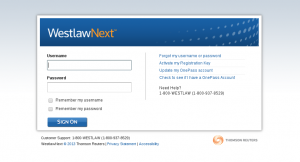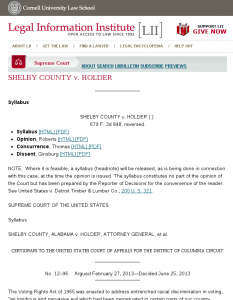What I want is a web/cloud based authoring environment that gives me the capability to create documents that can are digital and can be displayed as needed. Some examples include a blog post, an essay, a research article, a presentation, documentation, notes, and so on.
First up is a flexible text markup system. I need something that is capable of handling a lot of different markup elements. Some of the documents that I need to create have complex structures that are not easily simplified. After looking at a number of markup schemes including various wiki languages and Markdown, I decided to go with AsciiDoc. AsciiDoc provides text markup for most elements of DocBook 4.5 allowing for the creation of highly structured documents using a simple text editor.
At this writing there are 2 tool chains for rendering AsciiDoc. The original AsciiDoc, which is written in Python and AsciiDoctor, a new native Ruby version. I plan on using AsciiDoctor for most of the work, but will need to fall back to the original tool chain for some features (like PDF generation). I will be installing both.
Next up, solving the web-based editor issue.


